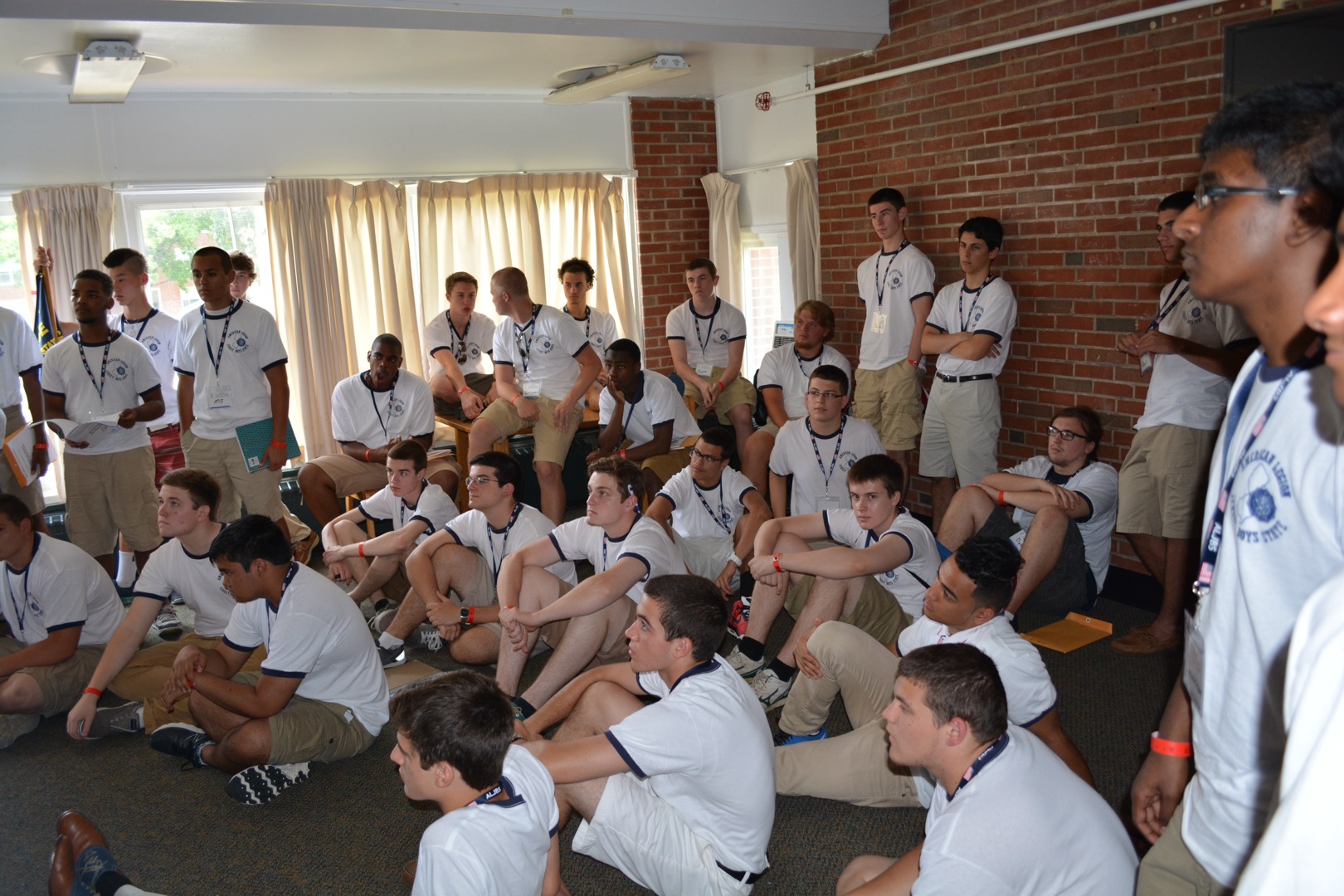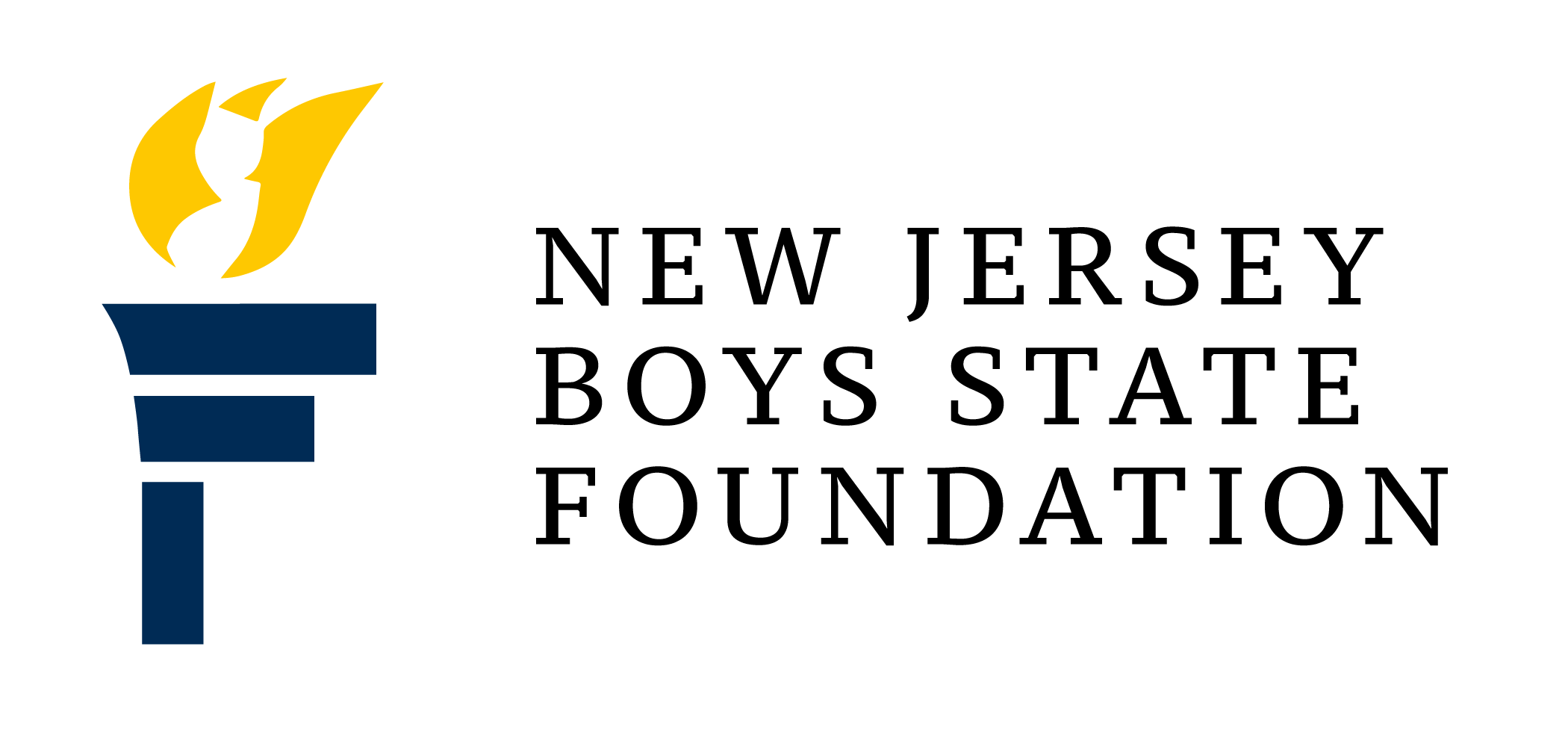News Archive

“Join, or Die.”
Ben Franklin wrote these words in a famous political cartoon that advocated for the thirteen British colonies in America to unite. It was 1753, and Franklin’s plan fell on deaf ears.
Twenty-three years later, the Second Continental Congress unanimously passed the Declaration of Independence, proclaiming to the world that those thirteen colonies had become one. By then, Franklin was seventy.
At that meeting, the Continental Congress appointed a committee to design a seal for the United States of America. Franklin, John Adams, and Thomas Jefferson were named as the committee. The three men quickly realized that they knew little about designing a seal and chose an artist named Pierre Eugène Du Simitière to help them.
The four men discussed ideas among themselves for five weeks before each presented a proposal. Results were mixed. Franklin, Adams, and Jefferson all proposed heavily allegorical scenes that underscored the process of becoming and staying a nation. The scenes were blunt as hammers and unwieldy for common use. Du Simitière proposed a more reasonable seal, with smaller elements nodding to history and themes. His idea was still dense—at the center of his first sketch is a shield with nineteen sections, one for every colony and the six nations that colonists were from—but it was closer to usefulness. He refined his original sketch in another version, which was submitted to Congress on August 20.
Congress’ reply: “Ordered, to lie on the table.” In other words, meh. However, Congress did choose two parts of Du Simitière’s original design for the final Great Seal: the Eye of Providence and the phrase that would become known as the unofficial motto of the USA, e pluribus unum.
E pluribus unum is a Latin phrase meaning, “out of many, one,” and it reflected the diverse nature of the fledgeling United States of America. This was still a rough alliance. Thirteen separate colonies made up the new nation, each with their own histories and citizens. In theory, the colonies would overcome their differences and subject their own interests to a common national goal.
Don’t miss that it took twenty-three years to get to this theoretical point. The colonies did not come together overnight. Even when they signed the Declaration of Independence, John Hancock had to urge the men to all “hang together.” (Franklin, naturally, didn’t miss the opportunity for a classic quip.)
Congress might have adopted e pluribus unum as a motto but the colonies had to actually live in it. As difficult as unity is, unification is harder. The act of two or more becoming one requires self-sacrifice, humility, loyalty, trust, and brotherly love. These are deep, challenging personal traits that do not emerge overnight.
Except at Boys State.
I joke, of course. Our statesmen don’t become unified cities of sixty overnight. But they do become their own mini-civilizations over the course of a week.
I don’t know what causes it. Our schedule doesn’t have any team-building exercises or “Counselors, instruct your statesmen on how to become a unit” items. The best explanation is…it happens. Sorry to be nebulous but that’s the best I can give you.
But it’s so, so clear that each of the eighteen randomly assigned groups of sixty that make up this great Jersey Boys State do become one over the course of the week, often by midweek. On Sunday, the delegates awkwardly look at each other as they check into their cities. By week’s end, they hug warmly each other as they say goodbye.
Our schedule plays a large part in making this happen. The early part of our schedule is extremely busy. This isn’t really by choice. We have to fit certain events at certain times to stay on track with our political structure. The political structure moves up in size each day, beginning with city issues and ending with state and national issues. After orientation and the introductory assembly, each cities selects the form of city government that they believe will help them solve their dilemmas. Then, after dinner and a panel discussion about city politics, they split up into city parties and elect party leaders, discuss the party platform for their scenario, then nominate and vote on candidates for the city offices.
After that, they go to bed, and Sunday ends. On Monday, they elect the city officers and (after some additional events) start to repeat the process for county offices.
In the space of 48 hours, they will vote seven separate times and elect three hundred people to various positions.
That’s a lot of meetings and interaction, and that’s where the delegates start getting to know each other. The rest of the work happens in places we don’t often see: in the walks from place to place, the sports games and band rehearsals, mealtimes, and relaxing around the city.
Familiarity plays a big role in bringing the cities together but the statesmen still have to accept what it is to be a city, county, or state. That goes against our nature as Americans. By any measure, we are a nation marked by extreme individualism. People define themselves on their own first and as part of groups second. We simply do not think of ourselves as part of a group unless we agree to be part of that group.
At Boys State, we turn that on its head. We assign delegates to groups and watch as order and unity forms ex nihilo, without any real prompting from us. It’s fascinating to watch. So many variables. So many possible combinations. So many opportunities for things to go off the rails, for anarchy to emerge. But it doesn’t. Order forms, and the individuals become one.
We could try to figure out why in detail but that’s boring and misses the point, which is that it actually happens. It shouldn’t. Not with a group of seventeen-year-olds thrown together for a week. But it does. And that’s reason number 17 why this is more than just a politics camp.


